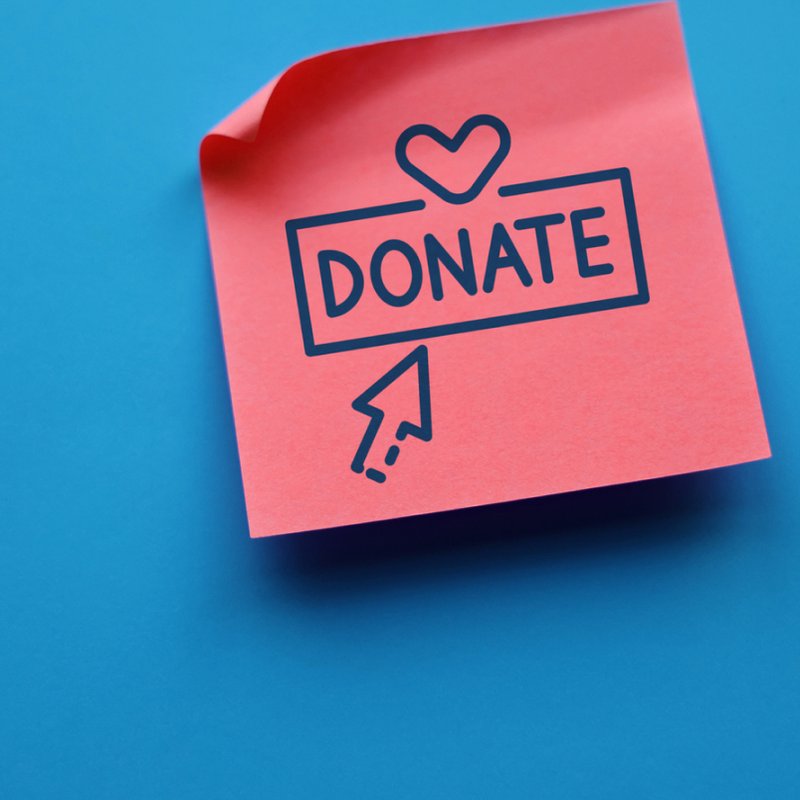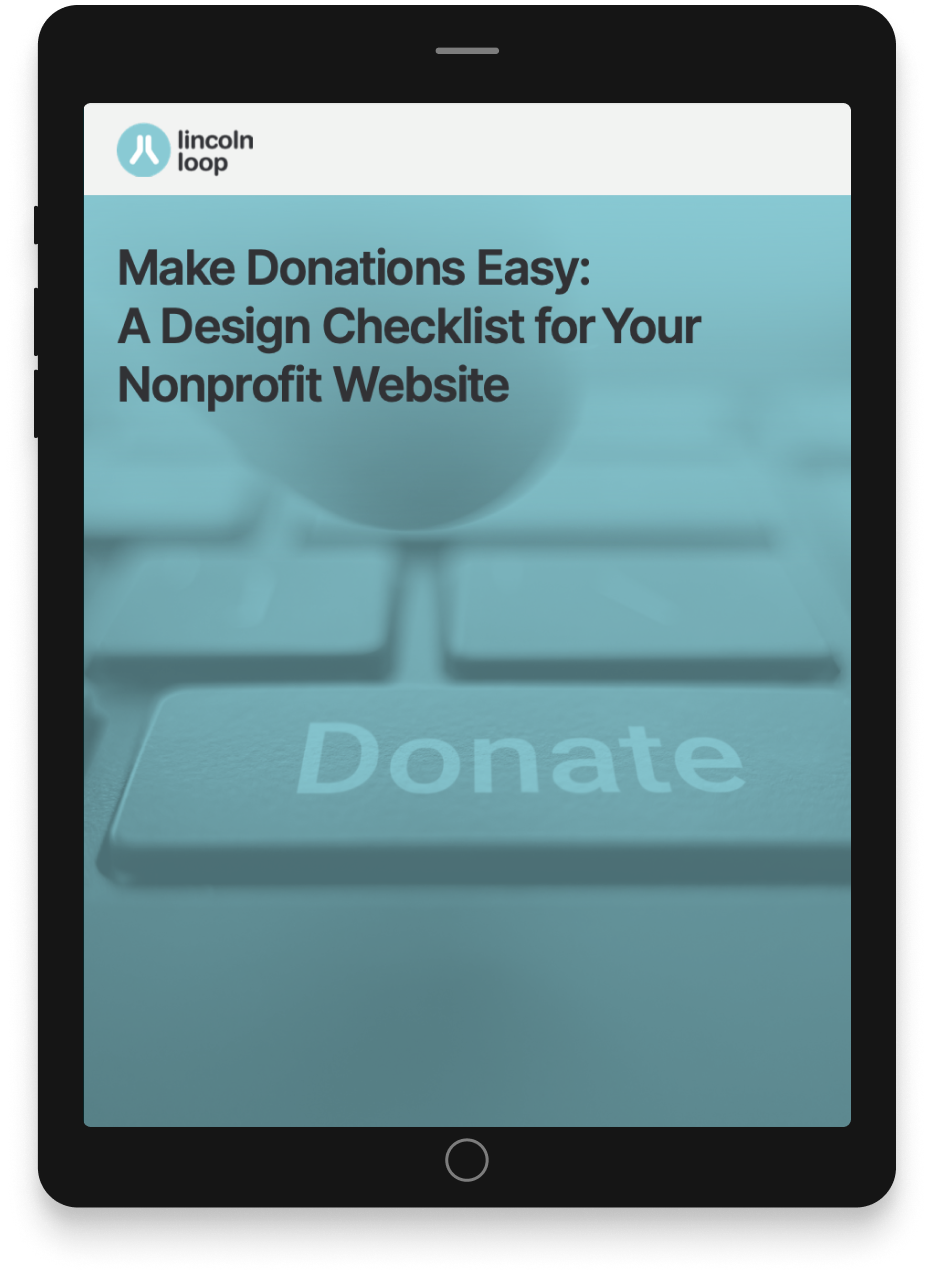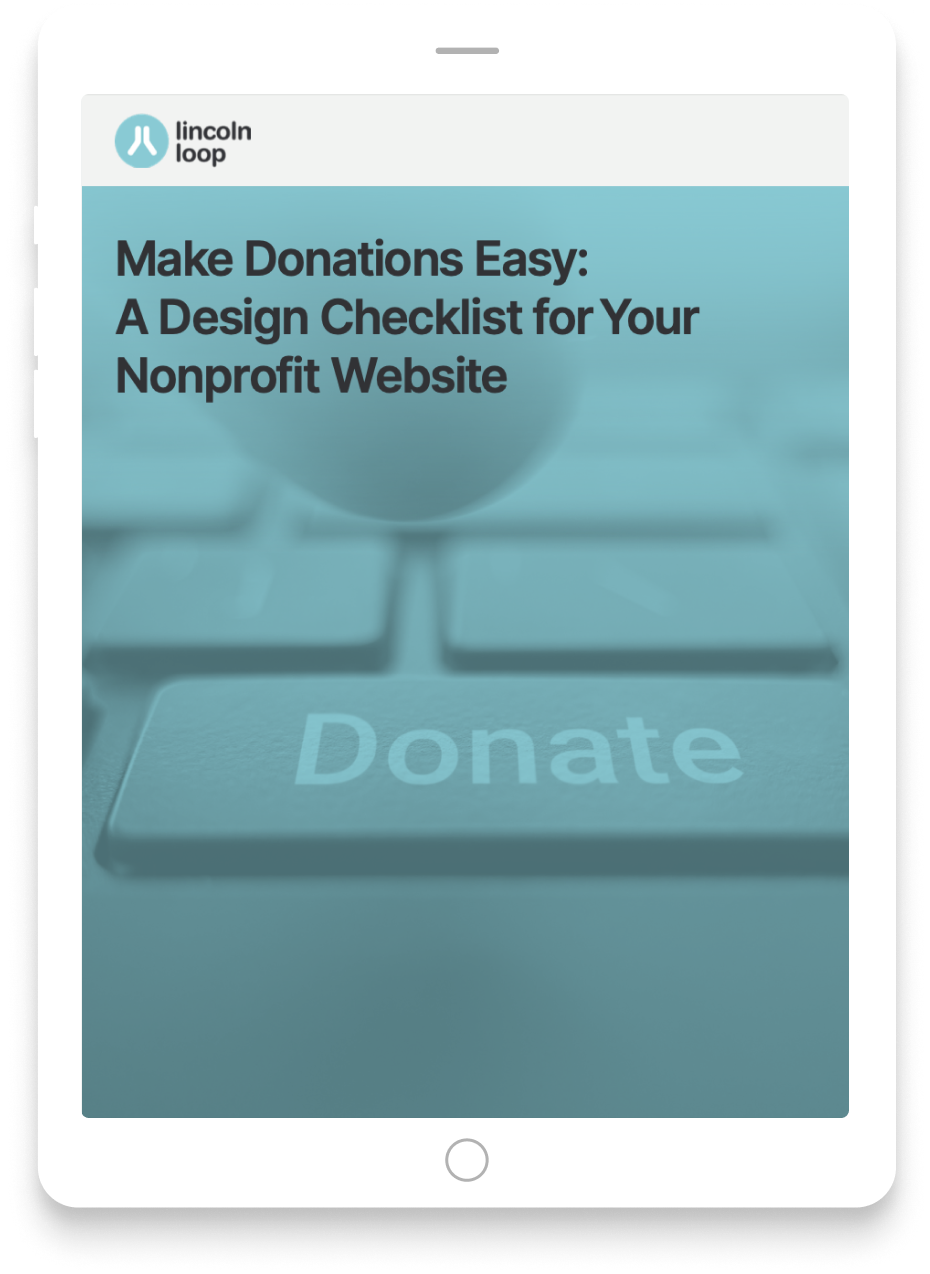
Nonprofit organizations (NPOs) do some of the most critical social and environmental work today, fostering civic engagement and leadership, driving economic growth, and strengthening communities. Every person in the US, and many throughout the world, benefit from the work of nonprofits in one way or another.
To tell their story effectively, NPOs need a compelling website that sends a message to supporters and volunteers that their organization is modern, dynamic, and financially healthy. Simply put, well-designed sites earn more donations to do more good in the world today.


Designing and building the website your nonprofit deserves can be a ton of work, especially if your organization has little web development or design experience. That’s where this article comes in. There are critical elements (mission, impact, donations) your NPO website design should center around with three crucial goals in mind:
- Conveying your message in a memorable and clear manner
- Earning increased donations by creating a positive giving experience
- Ensuring your site is easy to use through effective UX patterns
We look at each element in more detail, explaining why they are essential in achieving your nonprofit website goals and how to deliver quality design for each.
Make Your Cause Clear
Why It’s Important
Your website is the digital face of your nonprofit’s brand. When visitors arrive, they should immediately know what your mission is.
Donors and volunteers give to organizations that have a story they connect to. Your homepage’s design will be the first place visitors see the story about the problems you are solving and how you are doing so. Keep your cause at the forefront of your mind when designing your NPOs website, and make your specific mission clear in an engaging way.
How It’s Done
Keep headlines short and impactful without diluting your message
Visitors will scan the headlines on your website’s homepage before reading anything else. Craft simple headlines that grab visitors’ attention and tell them precisely what you do to create more good in the world. Even on subpages (About, FAQ, Contact, etc.), your primary points should be supported by brief, compelling headlines and short text blurbs.
Provide a rich storytelling experience
Carefully craft your site’s storytelling experiences to be direct and engaging. Nonprofit storytelling is a powerful tool to attract and motivate donors. Every word on your website should be doing work. Too many NPOs stumble through lengthy narratives, losing their readers in too many details. Keep a short and sweet “About” or “Mission” page. If your organization has a longer story to tell, consider adding an additional long-form, rich storytelling experience further down your “About” or “Mission” pages or on a separate page altogether.
Use media to complement your message
Human and mission-centric photography and video support your site’s storytelling. Avoid abstract images, choosing instead media that shows the people, animals, or the environments you help. Action shots, in particular, are powerful.
Avoid vector or abstract illustrations
Unless you are using vector illustrations to communicate a critical process visually, don’t opt for generic or abstract images in place of the types of images listed above.
Highlight Your Nonprofit’s Impact
Why It’s Important
Showcasing your NPO’s impact through rich storytelling, images, and data engages your audience and attracts donors. Visitors to your website are immediately more invested if they can clearly see the results of your work than if they simply read your mission statement.
How It’s Done
Make donation buttons stand out
Donation buttons should be predominant. Don’t bury your button beneath text or deep in your navigation menus. Consider using text that is clear and compelling. (e.g. “Make a Donation,” “Act Now”) A/B test your button color, placement, and text to determine which performs best.
Offer different, mobile-first donations
Enhance your donor experience by providing multiple payment options (e.g. credit/debit cards, Apple Pay, Google Pay, SEPA bank transfers, PayPal, etc.). The more you provide the more donor preferences you’ll accommodate. List all the different forms of payment your nonprofit can accept on your donor forms and page.
Support recurring donations
Donor retention rate is one of the most important metrics for your nonprofit. One of the easiest ways to boost donor retention rates is to offer recurring donations as an option.
Pre-select and display donation amounts
Pre-populating donor amounts and presenting them like buttons also increases donor conversion. Giving donors suggested increments of gifts offers accessible levels of financial commitment to anyone willing to give. (e.g. $5, $25, $50, etc.)
Allow donors to dedicate and feature their gifts
Many donors give to nonprofit organizations in the name of someone they love and honor. Use custom fields in your donation form to accommodate this option (e.g. “I donate in the name of Holly.”) Allowing donors to opt-in to having their donation featured in the feed domain of the donation page adds social proofing to your website and inspires others to donate, as well.
You’re Well on Your Way to Designing Your Nonprofit’s Website
With just these few, critical tips, you are well on your way to designing a compelling website that increases your nonprofit’s visibility online, encourages more donor conversions, and spreads the word about your mission.
Throughout the design process, keep your user experience top of mind. Make your site simple and laser-focused on the problems your non-profit solves and the impact you’ve already made. To help accomplish this, consider investing in a CMS that simplifies your design process and eliminates any confusion in building your site. If you need additional guidance, the team at Lincoln Loop can help.


